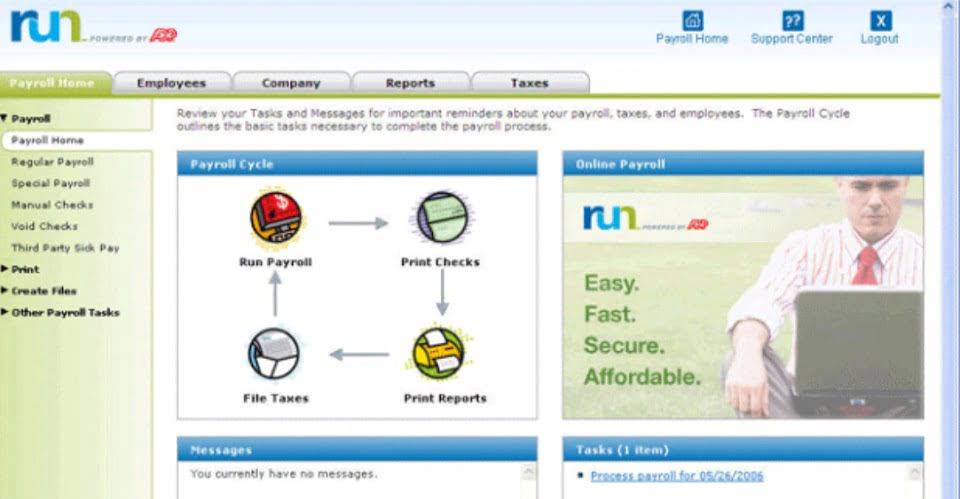
It is important to include indirect costs that are based on this overhead rate in order to price a product or service appropriately. If a company prices its products so low that revenues do not cover its overhead costs, the business will be unprofitable. So, if you wanted to determine the indirect costs for a week, you would total up your weekly indirect or overhead costs.
If you’re using accounting software for your business, you can obtain this information directly from your financial statements or other system reports. If not, you’ll have to manually add your indirect expenses to calculate your overhead rate. Effectively, the metric allocates a company’s overhead costs across its revenue to arrive at a per-unit percentage. The first input, overhead costs, can be determined using the following formula.
Predetermined Overhead Rate: Explanation
Nonetheless, ignoring overhead costs, like utilities, rent, and administrative expenses that indirectly contribute to the production process of these gadgets, would result in underestimating the cost of each gadget. Now management can estimate how much overhead will be required for upcoming work or even competitive bids. For instance, assume the company is bidding on a job that will most likely take $5,000 of labor costs. The management can estimate its overhead costs to be $7,500 and include them in the total bid price. The predetermined rate is also used for preparing budgets and estimating jobs costs for future projects.
Larger organizations employ different allocation bases for determining the predetermined overhead rate in each production department. However, in recent years the manufacturing operations have started to use machine hours more predominantly as the allocation base. The common allocation bases are direct labor hours, direct predetermined overhead rate formula labor cost, machine hours, and direct materials. That is, a certain amount of manufacturing overhead is applied to job orders or products which is used to estimate future manufacturing costs. Predetermined Overhead Rate Calculators are essential tools for cost accountants, financial analysts, and business managers.
Finance
If we add all of our company’s overhead costs from above, we arrive at a total of $40k in overhead costs. The production hasn’t taken place and is completely based on forecasts or previous accounting records, and the actual overheads incurred could turn out to be way different than the estimate. Hence, you can apply this predetermined overhead rate of 66.47 to the pricing of the new product X. Therefore, this predetermined overhead rate of 250 is used in the pricing of the new product. A default overhead rate is a tool typically applied to a product’s manufacturing overhead.

Big businesses may actually use different predetermined overhead rates in different production departments, as these may vary significantly. By having multiple rates like this, you can achieve a greater degree of accuracy. The downside is that it increases the amount of accounting labor and is therefore more expensive. As previously mentioned, the predetermined overhead rate is a way of estimating the costs that will be incurred throughout the manufacturing process. That means it represents an estimate of the costs of producing a product or carrying out a job. The estimate will be made at the beginning of an accounting period, before any work has actually taken place.
Calculating Manufacturing Overhead Cost for an Individual Job
In more complicated cases, a combination of several cost drivers may be used to approximate overhead costs. That amount is added to the cost of the job, and the amount in the manufacturing overhead account is reduced by the same amount. At the end of the year, the amount of overhead estimated and applied should be close, although it is rare for the applied amount to exactly equal the actual overhead. For example, Figure 4.18 shows the monthly costs, the annual actual cost, and the estimated overhead for Dinosaur Vinyl for the year. The allocation of overhead to the cost of the product is also recognized in a systematic and rational manner. The overhead is then applied to the cost of the product from the manufacturing overhead account.
Obotu has 2+years of professional experience in the business and finance sector. She enjoys writing in these fields to educate and share her wealth https://www.bookstime.com/ of knowledge and experience. Adam Hayes, Ph.D., CFA, is a financial writer with 15+ years Wall Street experience as a derivatives trader.
As you have learned, the overhead needs to be allocated to the manufactured product in a systematic and rational manner. This allocation process depends on the use of a cost driver, which drives the production activity’s cost. Examples can include labor hours incurred, labor costs paid, amounts of materials used in production, units produced, or any other activity that has a cause-and-effect relationship with incurred costs. The overhead rate for the molding department is computed by taking the estimated manufacturing overhead cost and dividing it by the estimated machine hours. The company actually had $300,000 in total manufacturing overhead costs for the year, and the actual machine hours used were 53,000. The formula for a predetermined overhead rate is expressed as a ratio of the estimated amount of manufacturing overhead to be incurred in a period to the estimated activity base for the period.

Each one of these is also known as an “activity driver” or “allocation measure.” Therefore, the result would say that the predetermined overhead rate equals the estimated cost of manufacturing divided by the units in the allocation base. There are concerns that the rate may not be accurate, as it is based on estimates rather than actual data. In addition, changes in prices and industry trends can make historical data an unreliable predictor of future overhead costs. Finally, using a predetermined overhead rate can result in inaccurate decision-making if the rate is significantly different from the actual overhead cost.
What Is the Overhead Rate?
Overhead costs represent the indirect expenses incurred by a company amidst its day-to-day operations. Two companies, ABC company, and XYZ company are competing to get a massive order that will make them much recognized in the market. This project is going to be lucrative for both companies but after going over the terms and conditions of the bidding, it is stated that the bid would be based on the overhead rate. This means that since the project would involve more overheads, the company with the lower overhead rate shall be awarded the auction winner. The calculation per unit of work is made when the total cost assigned to the job is divided by the number of units.
